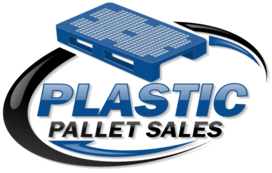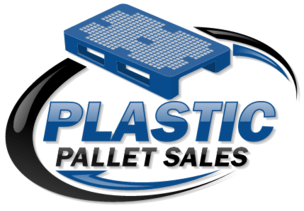Latest Trends in Pharmaceutical Pallets
The pharmaceutical industry has been rapidly evolving over time with innovative technologies and practices taking center stage. In recent times, the need for safe and secure product transportation has led to advancements in pharmaceutical pallets. These pallets, designed with the specific requirements of pharmaceutical products in mind, guarantee the quality and integrity of these products during transportation. In this article, we’ll discuss the latest trends in pharmaceutical pallets, their benefits and frequently asked questions.
New Materials for Pharmaceutical Pallets
Wooden pallets have traditionally been the most commonly used material in the industry. However, over the years, the demand for plastic pallets has increased, with research showing that they are superior to wooden alternatives. The use of plastic pallets in the pharmaceutical industry has been well received due to their non-porous nature that makes them easy to clean, reducing the risk of contamination. Additionally, plastic pallets take up less space than wooden pallets, making them more cost-effective for transportation. They are also lightweight, making them ideal for transportation by air.
Another material that has been gaining popularity in the pharmaceutical industry is composite lumber. Made from recycled plastic and wood waste, composite lumber pallets are sturdy, sustainable and 100% recyclable. They have a high load-bearing capacity and can handle heavy pharmaceutical loads with ease. Their reliability, sustainability, and low cost make them an attractive alternative to plastic or wood pallets.
Sensor Technology to Monitor Temperature and Humidity
Maintaining the correct temperature and humidity levels during pharmaceutical transportation is critical in preserving the quality and integrity of the products. Recent developments have seen the integration of sensors in pallets to monitor temperature, humidity, and shock levels to ensure that the quality and efficacy of the products are not compromised.
The sensors are powered by batteries and can continuously collect data, which is then transmitted via wireless networks. This data can be analyzed in real-time to detect any issues and be corrected immediately, ensuring that the products reach their destination in the best possible condition.
RFID-Enabled Pharmaceutical Pallets
Radio Frequency Identification (RFID) systems have been used in the pharmaceutical industry for quite some time. However, recent developments have seen the integration of RFID tag technology into pharmaceutical pallets, making it easy to track and trace products during transportation.
RFID tags can store and transmit large amounts of data, making it easy to identify the origin of the products, their transport routes, and potential issues. The use of RFID technology on pharmaceutical pallets ensures that pharmaceutical companies can maintain the highest level of transparency in product distribution by quickly identifying any issues that may arise during transportation.
Frequently Asked Questions
Q: What is a pharmaceutical pallet?
A: Pharmaceutical pallets are specialized pallets designed to transport pharmaceutical products. They are designed with specific requirements in mind, including maintaining temperature, sterility, and moisture levels.
Q: What materials are used in making pharmaceutical pallets?
A: Traditionally, wooden pallets were the most commonly used material in the industry. However, over the years, the demand for plastic pallets has increased, with research showing they are superior to wooden alternatives. Composite lumber is also gaining popularity due to its sustainability.
Q: How do pharmaceutical pallets differ from regular pallets?
A: The primary differences between pharmaceutical pallets and regular pallets are their design and their capabilities. Pharmaceutical pallets are designed to maintain temperature, sterility, and moisture levels to ensure the quality and efficacy of the products during transportation.
Q: What are the benefits of using composite lumber pallets?
A: Composite lumber pallets are sturdy, sustainable, have a high load-bearing capacity, and are 100% recyclable. They are also lightweight, making them ideal for transportation by air, and cost-effective.
Q: How do sensors in pallets help maintain temperature and humidity levels?
A: Sensors in pharmaceutical pallets can monitor temperature and humidity levels during transportation. They collect data in real-time, which can be analyzed to detect any issues and be corrected immediately.
In conclusion, advancements in pharmaceutical pallets have made transportation safer, more reliable, and more efficient. While there are different materials and technologies used in designing pharmaceutical pallets, the ultimate goal is to ensure that pharmaceutical products reach their destination in the highest possible quality and efficacy. The adoption of these new trends will prove to be a significant step towards maintaining the highest level of transparency in product distribution and customer satisfaction.
#Latest #Trends #Pharmaceutical #Pallets


Leave a Reply
You must be logged in to post a comment.